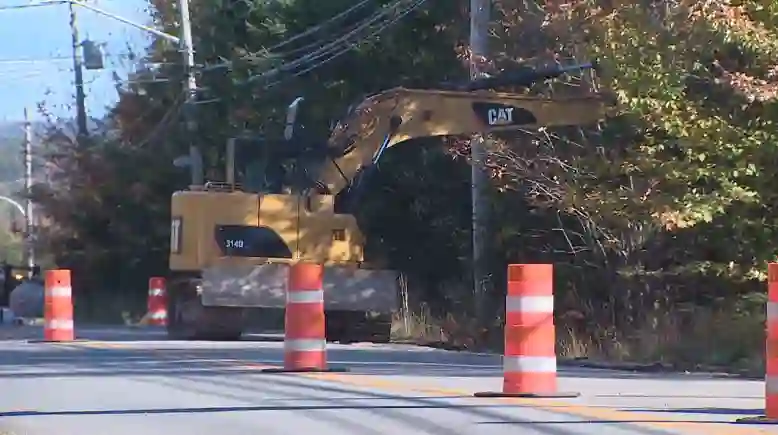Dealing with Road Construction and Work Zones in Nova Scotia: Tips for Drivers
Nova Scotia’s roadways are constantly evolving, with maintenance and construction projects taking place throughout the year. While these improvements are essential for safer and more efficient travel, they can also lead to temporary inconveniences for drivers. To help you navigate these work zones safely and efficiently, we’ve compiled a list of valuable tips for drivers in Nova Scotia.
- Plan Ahead: Before hitting the road, check for any planned roadwork or construction delays along your route. Websites, mobile apps, or local news sources can provide real-time updates on road closures and detours.
- Be Alert to Signage: Work zones are marked with various signs and signals. Pay close attention to these warnings and follow the instructions they provide. Signs may indicate reduced speed limits, lane closures, or specific instructions for merging and detouring.
- Reduce Speed: One of the most critical safety measures in work zones is obeying reduced speed limits. Slow down and drive at the posted speed, as fines for speeding in work zones can be significantly higher than in regular areas.
- Maintain Safe Following Distances: Keep a safe following distance from the vehicle in front of you. The increased likelihood of sudden stops in work zones makes maintaining a buffer essential for preventing accidents.
- Merge Early: If you notice a lane closure ahead, merge into the open lane well in advance of the closure point. Do not attempt to pass other vehicles in the closing lane.
- Watch for Flaggers: In some cases, flaggers may be present to direct traffic. Follow their instructions and be prepared to stop or yield as directed.
- Be Patient: Road construction can cause delays, and it’s important to remain patient. Aggressive driving behaviors like tailgating and weaving between lanes can lead to accidents.
- Expect Sudden Stops: Construction zones may require you to stop suddenly. Be prepared for unexpected traffic slowdowns and stops by keeping your attention focused on the road ahead.
- Avoid Distractions: Distractions can be dangerous in any driving situation but are especially risky in work zones. Put away your phone, avoid adjusting the radio, and concentrate on driving.
- Use Caution in Work Zone Traffic: Vehicles in work zones may stop, change lanes, or make unpredictable maneuvers. Stay alert and anticipate the actions of other drivers.
- Watch for Workers: Respect the workers on the road and follow any signs indicating their presence. They depend on your cooperation to stay safe while they improve the road.
- Stay Informed: Keep up with local traffic reports and updates to ensure you’re aware of any changes or delays in your route due to ongoing construction projects.
While road construction and work zones can be frustrating for drivers, they are necessary for maintaining and improving our roadways. By following these tips, you can navigate work zones safely, reduce the risk of accidents, and contribute to the safety of construction workers and fellow drivers. Remember that your patience and attention to safety can make a positive difference on Nova Scotia’s roads. Drive safely and stay informed!


 January 10, 2025 by
January 10, 2025 by Trubicars
Trubicars
 January 10, 2025 by
January 10, 2025 by Trubicars
Trubicars
 January 3, 2025 by
January 3, 2025 by Trubicars
Trubicars
